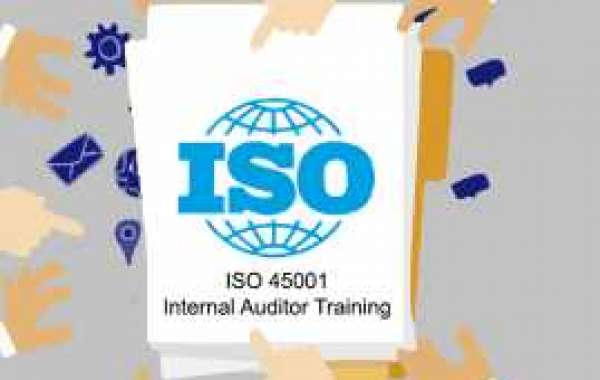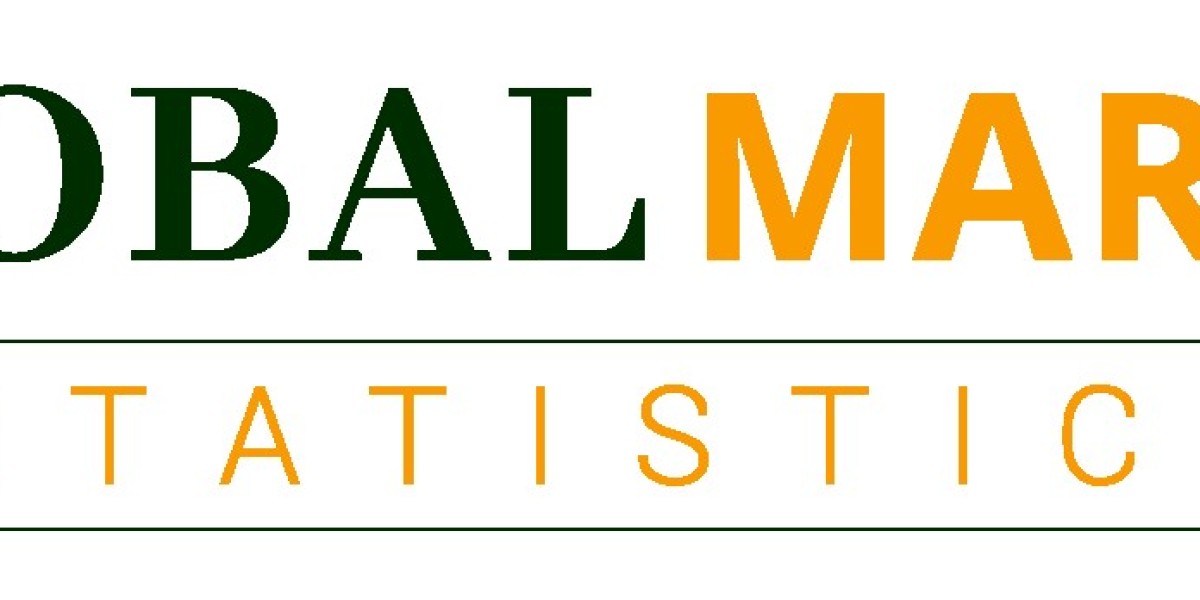Introduction:
Workplace safety is a non-negotiable priority for organizations worldwide. ISO 45001, the international standard for Occupational Health and Safety Management Systems (OHS), provides a structured framework to ensure the well-being of employees and the prevention of work-related injuries and illnesses. This blog is your comprehensive guide to understanding the ISO 45001 Internal Auditor course—a crucial step toward fostering a safer and healthier work environment.
Understanding ISO 45001:
ISO 45001 is designed to help organizations establish, implement, and maintain an Occupational Health and Safety Management System. This standard places a strong emphasis on the proactive identification and prevention of occupational health and safety risks.
The Role of Internal Auditors in OHS:
Internal auditors play a critical role in evaluating the effectiveness of an organization's OHS management system. By conducting thorough internal audits, these professionals contribute to continuous improvement and ensure compliance with ISO 45001 requirements.
ISO 45001 Internal Auditor Course Overview:
The ISO 45001 Internal Auditor course equips individuals with the knowledge and skills needed to assess and improve an organization's OHS management system. Let's delve into the key components of this course.
Course Curriculum:
Introduction to ISO 45001: An overview of the standard, its principles, and the benefits of implementing an effective OHS management system.
Roles and Responsibilities of an Internal Auditor: Understanding the specific duties and expectations of an ISO 45001 Internal Auditor.
OHS Legislation and Compliance: Exploring relevant health and safety legislation, and ensuring organizations are compliant with legal requirements.
Risk Assessment and Hazard Identification: In-depth examination of the risk assessment process, including hazard identification, risk evaluation, and risk control measures.
OHS Controls and Performance Monitoring: Understanding the controls outlined in ISO 45001 and methods for monitoring and measuring OHS performance.
Audit Planning and Preparation: Practical guidance on planning and preparing for internal audits, including developing checklists and determining audit scope.
Conducting an Internal Audit: Techniques for performing internal audits, including interviewing techniques, evidence gathering, and assessing compliance.
Reporting and Corrective Action: Guidelines for preparing audit reports, communicating findings, and facilitating corrective action plans.
Benefits of ISO 45001 Internal Auditor Certification:
Expertise in OHS Management: Gain comprehensive knowledge of ISO 45001 and best practices in occupational health and safety.
Career Advancement: Become a sought-after professional with specialized skills in workplace safety.
Risk Management Proficiency: Develop skills in identifying, assessing, and managing occupational health and safety risks.
Contribution to a Safer Workplace: Play a pivotal role in creating and maintaining a safe and healthy work environment.
Certification Process:
Successful completion of the ISO 45001 Internal Auditor course is typically followed by an assessment or examination. Upon passing, participants receive a certification attesting to their competence as ISO 45001 Internal Auditors.
Conclusion:
Becoming an ISO 45001 Internal Auditor is not just a certification; it's a commitment to the well-being of employees and the creation of a safer workplace. By completing the ISO 45001 Internal Auditor course, professionals contribute significantly to the ongoing effort to prioritize occupational health and safety in the workplace.










